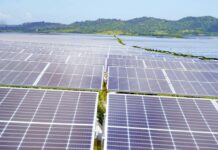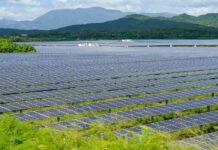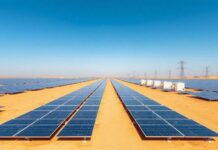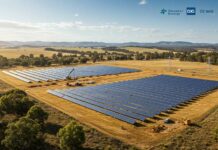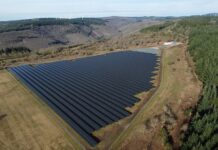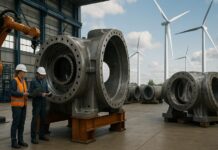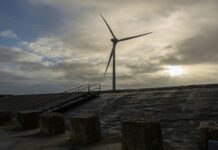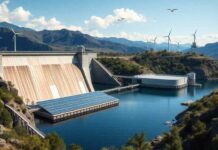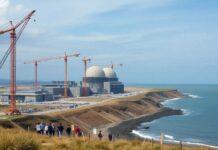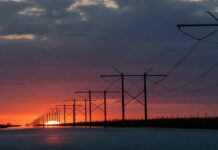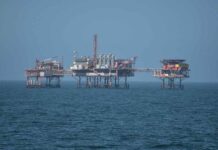The EC proposes to increase the offshore wind capacity in Europe from its current level of 12 GW to at least 60 GW by 2030 and to 300 GW by 2050.
To help meet the EU’s goal of climate neutrality by 2050, the European Commission recently presented the EU Strategy on Offshore Renewable Energy. The Strategy proposes to increase the offshore wind capacity in Europe from its current level of 12 GW to at least 60 GW by 2030 and to 300 GW by 2050. The commission stated that it will also aim to complement this with 40 GW of ocean energy and other emerging technologies such as floating wind and solar by 2050.
Executive Vice-President for the European Green Deal, Frans Timmermans said “This strategy shows the urgency and opportunity of ramping up our investment in offshore renewables. With our vast sea basins and industrial leadership, the European Union has all that it needs to rise up to the challenge. Already, offshore renewable energy is a true European success story. We aim to turn it into an even greater opportunity for clean energy, high quality jobs, sustainable growth, and international competitiveness.”
The ambitious growth based on this plan will be based on the vast potential across all of Europe’s sea basins and on the global leadership position of EU companies in the sector. The commission expects it will create new opportunities for industry, generate green jobs across the continent, and strengthen the EU’s global leadership in offshore energy technologies. It will also ensure the protection of our environment, biodiversity and fisheries.
Commissioner for Energy, Kadri Simson, said “Europe is a world leader in offshore renewable energy and can become a powerhouse for its global development. We must step up our game by harnessing all the potential of offshore wind and by advancing other technologies such as wave, tidal and floating solar. This Strategy sets a clear direction and establishes a stable framework, which are crucial for public authorities, investors and developers in this sector. We need to boost the EU’s domestic production to achieve our climate targets, feed the growing electricity demand and support the economy in its post-Covid recovery.” Europe offshore wind
To promote the scale-up of offshore energy capacity, the Commission will encourage cross-border cooperation between Member States on long term planning and deployment. This will require integrating offshore renewable energy development objectives in the National Maritime Spatial Plans which coastal states are due to submit to the Commission by March 2021. The Commission will also propose a framework under the revised TEN-E Regulation for long-term offshore grid planning, involving regulators and the Member States in each sea basin.
To analyse and monitor the environmental, social and economic impacts of offshore renewable energy on the marine environment and the economic activities that depend on it, the Commission will regularly consult a community of experts from public authorities, stakeholders and scientists. The Commission has also adopted a new guidance document on wind energy development and EU nature legislation.


